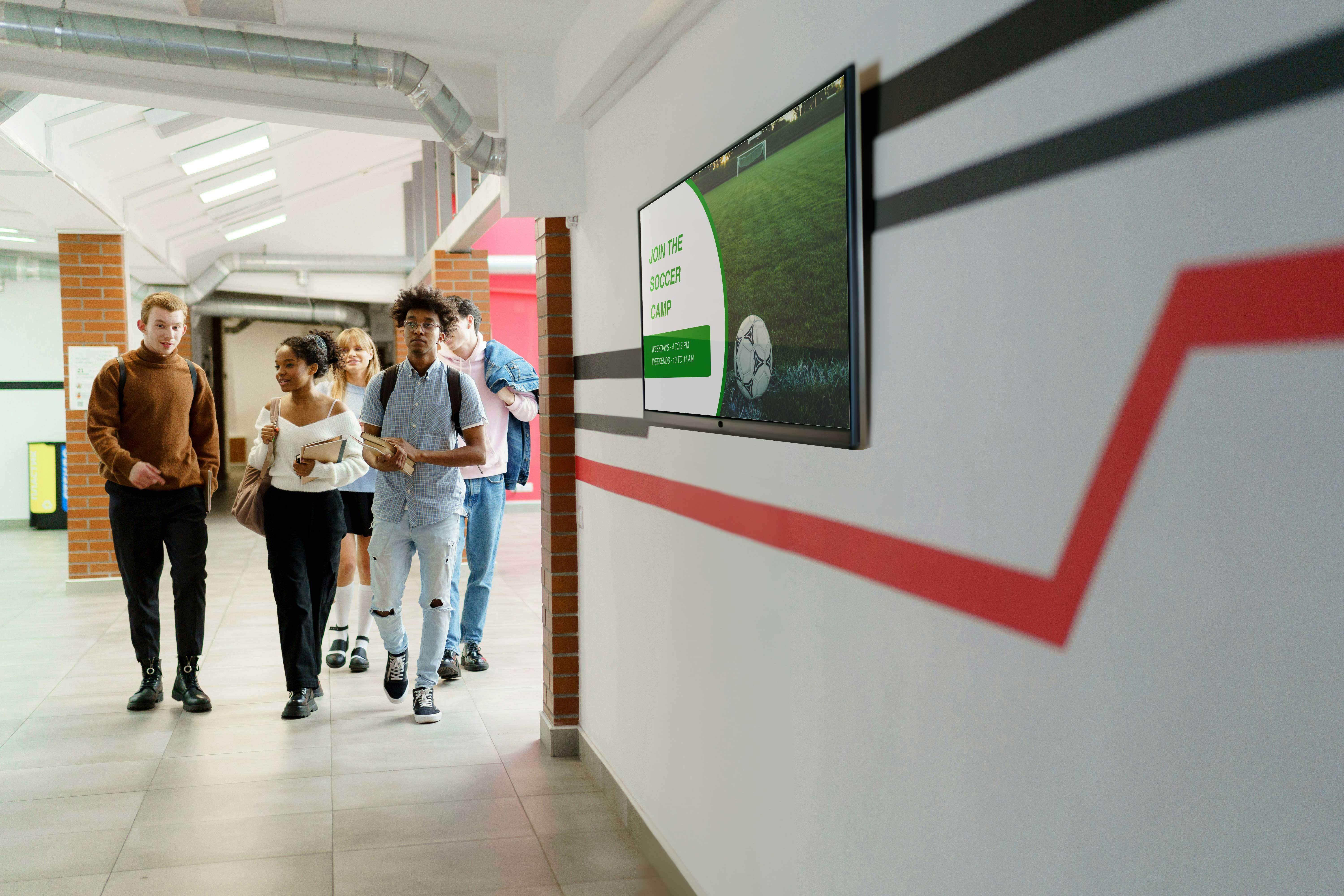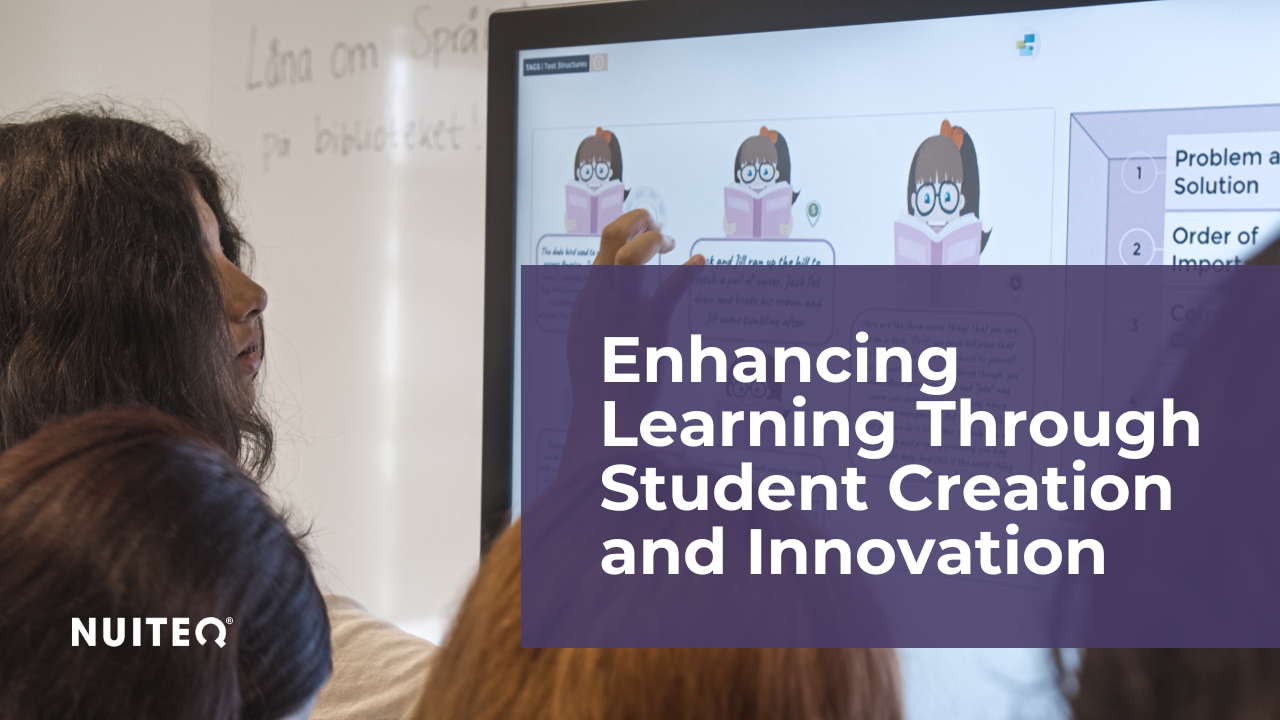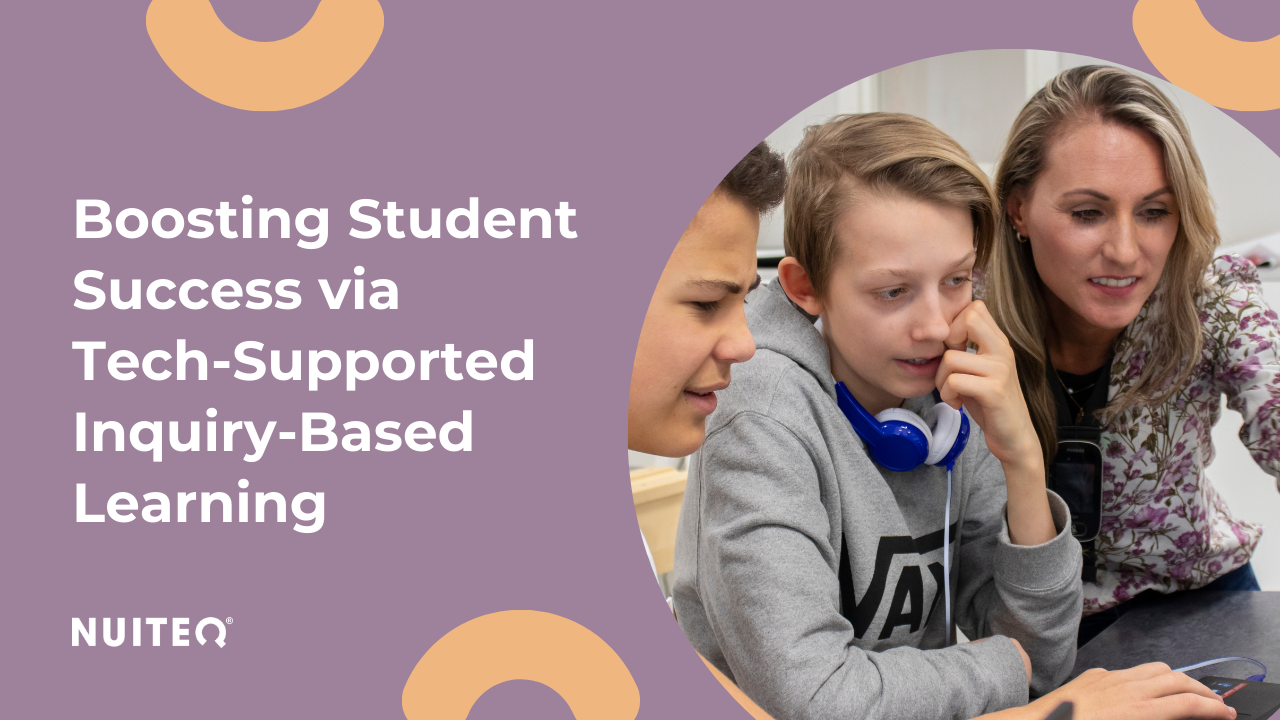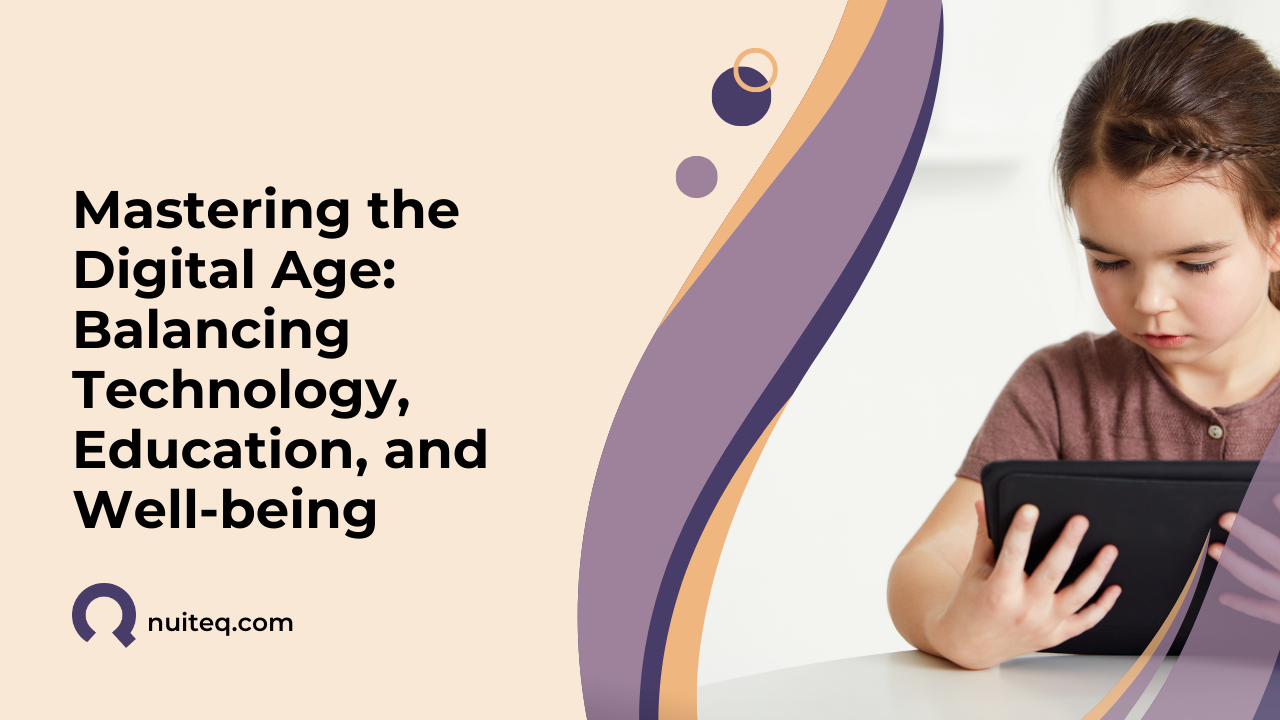Schools around the world will end 2020 in a completely different educational landscape to where they began this unprecedented year. When lockdown first hit, teachers were left at a loss on how to get remote learning plans in place. Now, more than seven months later, with local lockdowns and class bubble closures a regular occurrence – every school and college needs to have a robust remote education strategy in place to teach pupils effectively at home. Above all else, there can be no more delays to our children’s learning – they must continue to progress.

At Ambleglow, we spend our days talking to school educators and commercial education clients. This year, unsurprisingly, the topic that repeatedly comes up, is…. you’ve guessed it, remote learning. How do schools create and implement the best strategy and how do they communicate the benefits to their stakeholders?
Based on what we’ve learned from working with schools this year, we’ve put together a step-by-step guide to creating an effective remote education strategy, from scratch.
#1 Design your strategy around the needs of learners
Don’t develop your strategy around the technology, develop it around your learners. The technology should be the scaffolding that supports remote delivery of the curriculum and allows educators to focus on improving learning outcomes for all students with minimal disruption. The principles of good teaching don’t need to be rewritten but transferred effectively into the new remote environment.
#2 Choose the right platforms
Keep it simple. Avoid using too many platforms and apps simultaneously; pick the right tools to suit your specific needs and be consistent – constant changes cause confusion. Make sure the EdTech you choose is accessible and straightforward to use. Consider functionality that helps to build student engagement by supporting interactivity and personalization, or even by incorporating elements of gamification where pupils can gain points and badges for participation.
#3 Educate and support parents
In order for pupils to engage with remote learning, parental support is key. The remote learning plan should be communicated clearly to parents, involving them in the process in order to gain trust and advocacy. Brief online tutorials can be used to educate parents about learning platforms and how to troubleshoot basic technical problems. Parents should understand how best to support their children and be given the opportunity to ask questions. Thanking parents for their efforts and empathizing with their challenges can boost participation and act as an important reminder that we’re all navigating these unprecedented times together.
#4 Encourage social connection and interaction
The lack of in-person connection is one of the biggest disadvantages of remote learning, and can be a significant concern when it comes to the mental wellbeing of students. An effective remote learning strategy should incorporate plenty of opportunities for interaction so that pupils feel seen, heard and can connect virtually with peers and teachers. Live video lessons provide a good format to achieve this and can be recorded for those unable to attend at a specific time. Discussions can be incorporated, verbally or via a chat function, and teachers can use tools like games, quizzes and polls to foster a sense of community and involvement. Establish clear ground rules for turn-taking and etiquette, and ensure they are adhered to in order for everyone to feel comfortable.
School spirit can continue to be nurtured through light-hearted YouTube videos, shared challenges, theme weeks, weekly newsletters and virtual assemblies.
#5 Make learning fun
Avoid screen fatigue by developing a blended learning approach. Mix up real-time lessons, online study and independent work. Use ongoing projects and themes to give context and color to core subjects like maths and English.
Video demonstrations can bring more complex subjects, like science and music, to life. A flipped classroom approach can work well where pupils have studied the materials prior to the lesson and come prepared to put theory into practice. The more playful and creative remote teaching is, the more memorable and effective it will be.
To start using engaging video linked lesson activities, head on to NUITEQ Snowflake, where you can try activities made by teachers for teachers for free for 60 days.
Stick to short, succinct chunks when it comes to teaching new information – concentration is harder when learning remotely from a screen. Younger children, in particular, will find it difficult to focus for long periods and their parents may need additional support to ensure progress is made in priority areas like early reading.
#6 Support vulnerable children
If vulnerable children or those with additional needs can’t physically be in the classroom, offer specific teaching approaches and extra resources at home. To learn effectively, it is essential that these children have access to suitable technology as well as individualized academic support. Schemes like the government’s "Get help with technology" program can help schools to obtain the required equipment.
#7 Provide student feedback
Support independent learning by setting and communicating objectives, allowing students to ask questions about the assignment and interact with the teacher. Checklists and daily plans can provide much-needed focus and clarity. Pupils and parents should be able to submit work easily and receive continuous feedback on how to progress.
#8 Support for schools and teachers
Schools can find information, advice, training and apply for government-funded support through The Key for School Leaders. For teachers themselves, the transition to remote teaching can be a painful one. Establishing rapport with students through a computer screen can prove daunting, as can managing new technologies and a different style of working day. Teaching staff should be supported through professional development in order to perform effectively. Time should be set aside to reflect on learnings and continually improve remote teaching practices.
Final thoughts
But whether face-to-face or through a screen, teachers should always remember the vital difference they continue to make to their pupils’ academic and emotional development.













